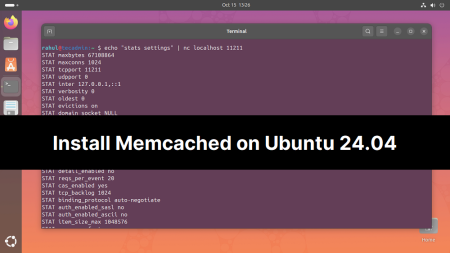PHP is a popular server-side scripting language used for web development. With the release of PHP 8, many developers have upgraded their systems to take advantage of its new features. However, some developers have found that the latest version is not compatible with their existing applications or systems. In such cases, downgrading to an earlier version of PHP can be an effective solution.
In this article, we’ll provide a step-by-step guide to downgrading from PHP 8 to PHP 7 on Ubuntu.
Step 1: Enable PHP 7 repository
The first step is to enable PHP repository on your system. You’ll need to add the repository for PHP 7 to your system. To do this, you’ll need to run the following commands:
sudo apt updatesudo apt install software-properties-commonsudo add-apt-repository ppa:ondrej/phpsudo apt update
Step 2: Install PHP 7
Once the repository for PHP 7 has been added to your system, you can install it using the following command:
sudo apt install php7.4
Also install other PHP modules as per the application requirements.
Step 3: Set PHP 7 as Default
Ubuntu allows us to install and use multiple php versions on a single system. You can simply set any version to use as the default version without uninstalling others.
sudo update-alternatives --config php
This will show you a list of install PHP version as below:
There are 2 choices for the alternative php (providing /usr/bin/php).
Selection Path Priority Status
------------------------------------------------------------
* 0 /usr/bin/php8.1 81 auto mode
1 /usr/bin/php7.4 74 manual mode
2 /usr/bin/php8.1 81 manual mode
Press to keep the current choice[*], or type selection number:
Enter the selection number to make any php version as default. For example, to set PHP 7.4 as default, input "1" and hit enter.
Step 4: Check the installed version of PHP
To verify that PHP 7 has been installed, run the following command:
php -v
This should display the version of PHP that is currently installed on your system.
PHP 7.4.33 (cli) (built: Nov 8 2022 11:33:35) ( NTS )
Copyright (c) The PHP Group
Zend Engine v3.4.0, Copyright (c) Zend Technologies
with Zend OPcache v7.4.33, Copyright (c), by Zend Technologies
Step 5: Configure PHP 7
Finally, you'll need to configure PHP 7 to work with your system and applications. You can do this by editing the php.ini file using the following command:
sudo nano /etc/php/7.4/cli/php.ini
You can make any necessary changes to the file and then save it.
In conclusion, downgrading from PHP 8 to PHP 7 on Ubuntu can be a straightforward process if you follow these steps carefully. By downgrading, you can ensure that your existing applications and systems continue to work as expected, while taking advantage of the stability and compatibility offered by PHP 7.



3 Comments
Quick note, I had to change:
sudo alternatives –config php
sudo update-alternatives –config php
The PPA is not working do you have an update? I need to downgrade my php version.
Regards
Brian
Hi Brian,
Which Ubuntu version are you running?